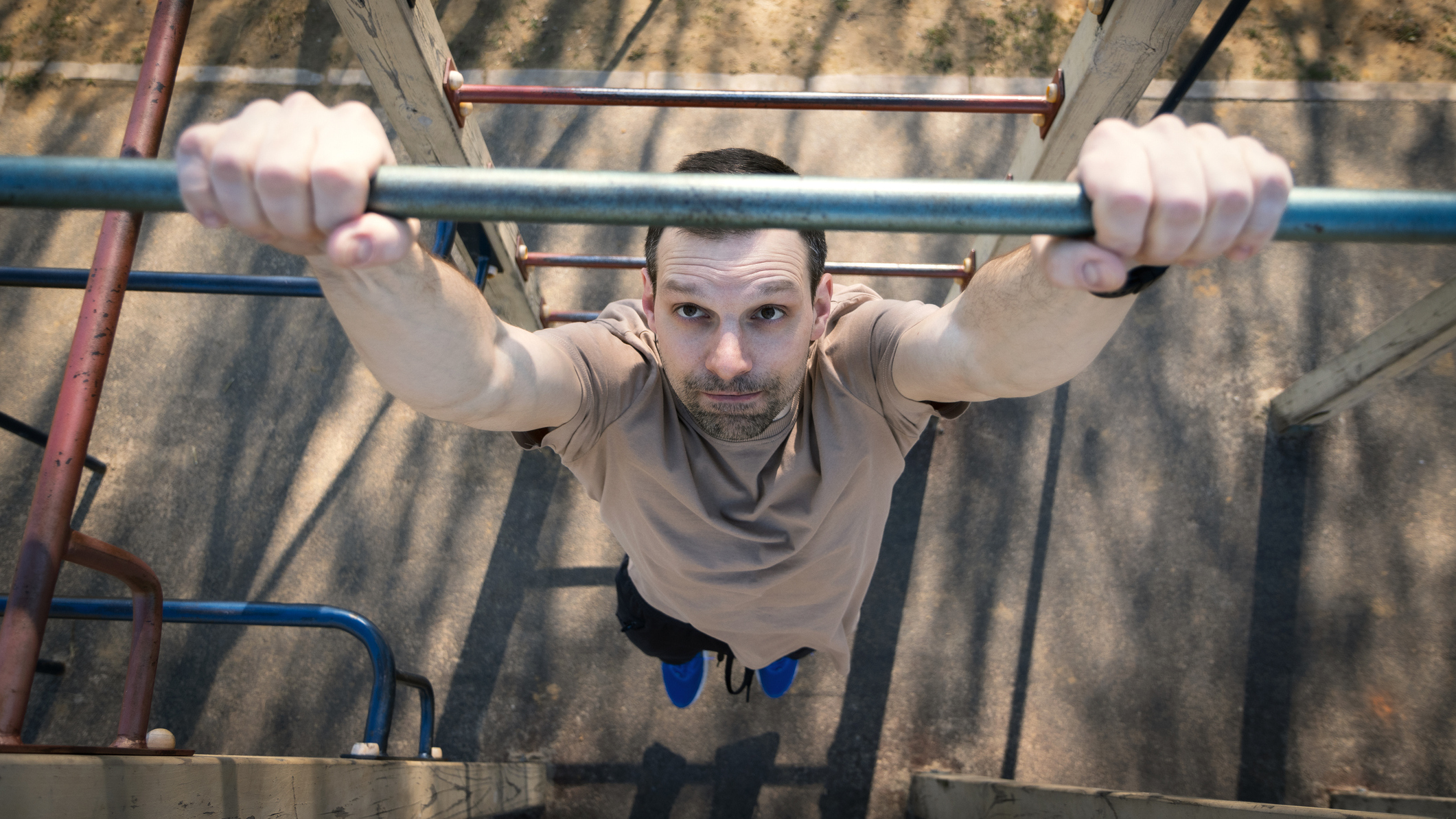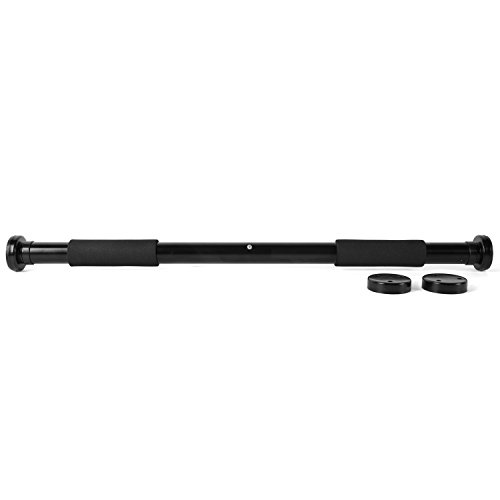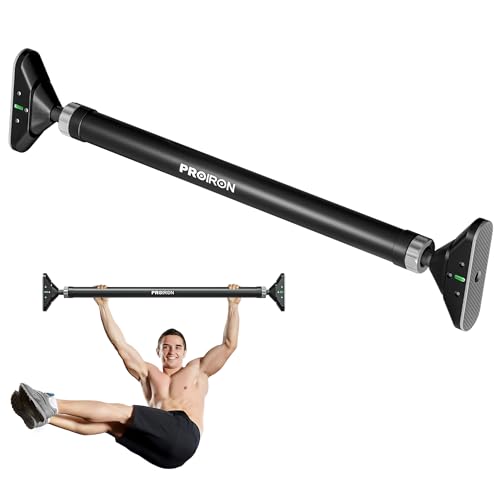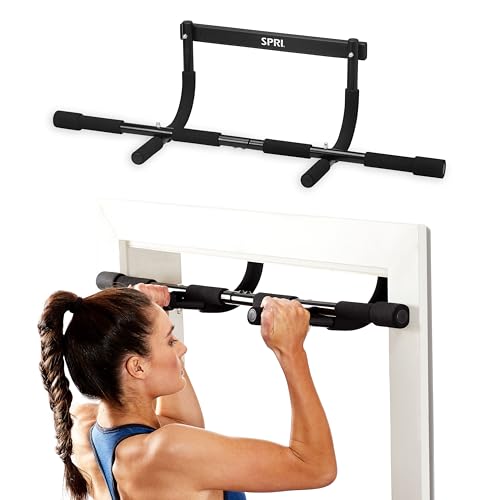I tried hanging from a bar for two minutes every day for a month to boost my grip strength—here’s what happened
It’s credited for easing lower back pain to boosting posture and even improving lifespan, so I put it to the test for 30 days

“You’re only as strong as your weakest link”—that’s a strength training adage that has stuck with me ever since I first laid hands on a pair of dumbbells.
Invariably, most people’s weakest link is their grip strength, in part because most people rarely ever specifically train their grip.
I know I don’t. But with grip strength now regarded as a reliable indicator of all-cause mortality risk, I resolved to spend a month to see if I could improve mine.
My method: to practice a simple exercise called dead hangs.
Along with boosting grip strength, this move has been said to help relieve back pain—something I’m currently managing—improve posture and unlock tight shoulders.
It’s also a regular feature of the TV series SAS: Who Dares Wins and if I’m ever going to fulfil my ambition of appearing on that show I better get practicing.
So, for the past month I’ve been concluding my workouts by hanging from a pull-up bar for two minutes (broken up into several shorter chunks).
Start your week with achievable workout ideas, health tips and wellbeing advice in your inbox.
If no bar is available, I’ve been using my banister, grasping it with one hand and sitting back to provide a similar test of my grip—as recommended by mobility coach Roger Frampton. Here’s how to do it.
- Grasp a sturdy banister with one hand.
- Sit your hips back to straighten out your back from your hips to your hand.
- Gently rotate your torso to exaggerate the stretch through the lats of your mid and upper back.
- After one minute, switch sides.
After 30 days, here’s what I've noticed.
My grip strength improved—but only modestly
To test my progress, every time I performed a dead hang I timed how long it took me to accumulate two minutes on the bar.
My first attempt took 3min 12sec, broken up into six smaller segments. My final attempt at the end of the month took 2min 43sec, broken up into four chunks.
While a notable improvement, my times fluctuated wildly over the course of the month, typically impacted by how grip-heavy the preceding exercises in my workout were.
The lesson: as with any form of exercise, progress takes time.
One month is a good start but to realize long-term gains I’ll need to stick with the process and use progressive overload to continue to build strength.
In this context, that would mean progressively increasing the time I spend hanging from the bar each workout or adding load, such as by holding a light dumbbell between my feet, to provide a greater challenge.
I’m able to perform more pull-ups
While my capacity to hang from the bar improved, so did my ability to perform pull-ups.
Previously, I would tap out at five or six reps. Instead, I found I could cling on for seven or eight before the usual forearm fatigue set in.
While hardly SAS-worthy numbers, it’s a welcome improvement, and a sign that the dead hangs are making my weak links slightly less, well, weak.
These benefits would likely extend to other grip-reliant exercises such as deadlifts too, enabling me to lift more and therefore build more strength and muscle across the board.
I feel taller
Okay, this might be in my mind, but letting gravity stretch out my joints and ligaments felt like it helped lengthen my spine and straighten my posture.
It felt especially beneficial after a long day hunched over my desk, when Frampton’s gym-free variation came in especially handy.
But my lower back still aches
Despite the positive effect the dead hang variations had on my joints and ligaments, my lower back still felt just as tight at the end of the trial period as it did at the start.
That’s likely because the issue affecting my back wasn’t caused by poor posture or too much slouching. And that it will require more than a static hold to alleviate.
That said, if you do have a slightly achy back, it might be worth adding dead hangs or Frampton's variation into your weekly training to see if it can ease your symptoms.
I certainly plan to keep using each version to strengthen my grip, fortify my weaknesses and boost my chances of acing the SAS selection process if the show’s producers ever come calling.
Shop home pull-up bars

Sam Rider is an experienced freelance journalist, specialising in health, fitness and wellness. He is also a REPS level 3 qualified personal trainer.
You must confirm your public display name before commenting
Please logout and then login again, you will then be prompted to enter your display name.



